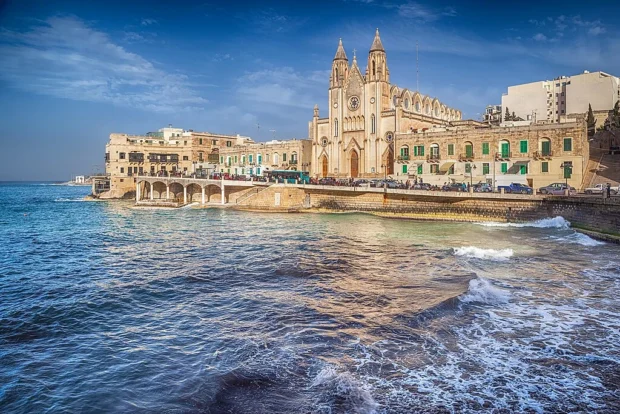Malta is a small island with a big heart. Sitting in the Mediterranean Sea, it brings together many cultures and stories from the past. Walking through its streets feels like reading a book full of different chapters: ancient temples, colorful fishing boats, lively markets, and quiet churches. Whether you like history, good food, or friendly people, Malta has something special waiting for you. In this article, I want to share my personal thoughts and useful tips about Malta’s top sights, food, transport, and customs. I hope these stories will help you enjoy your visit as much as I did.
Table of Contents

Famous Maltese Landmarks That Tell Stories
The first place I visited was Valletta, Malta’s capital city and also a UNESCO World Heritage site. The streets are narrow and full of old buildings made from warm yellow limestone. The city was built by the Knights of St. John in the 16th century, so everywhere you look, you see their influence. One of the most impressive buildings is St. John’s Co-Cathedral. Inside, it surprises visitors with rich decorations and beautiful paintings, including works by the artist Caravaggio. You can learn more about this cathedral on its official website.
After learning about Malta’s rich culture, you’ll appreciate Saint Petersburg’s unique charm and lively streets detailed in this Saint Petersburg travel guide.

Not far from Valletta, the ancient city of Mdina is like a quiet movie scene from the past. Known as the “Silent City,” Mdina sits high on a hill with thick walls and narrow streets. Walking here feels peaceful and slow, in contrast with the busy harbor below. The views from Mdina’s walls over the countryside are breathtaking, especially at sunset. Don’t miss the Mdina Cathedral, which has a calm and beautiful interior.
After discovering Malta’s landmarks, consider a journey to Tunis to enjoy its rich history and vibrant flavors in a unique Mediterranean setting Tunis’s cultural experience.

For a taste of Malta’s older history, the Ħaġar Qim and Mnajdra temples are must-see places. These stone temples are more than 5,000 years old, older than the pyramids of Egypt. Standing among these giant stones, you can almost feel the hands of those who built them long ago. The temples are close to the sea, and the fresh salty breeze adds to the feeling of mystery.

Maltese Food and Where to Taste It
Food in Malta is a mix of Mediterranean flavors with strong Italian and Arabic influences. I found that trying the local dishes is one of the best ways to understand Maltese culture. The small towns around Marsaxlokk, the famous fishing village, are the best places for fresh seafood. Every Sunday morning, the fish market buzzes with activity as fishermen bring in their daily catch.
If you enjoy exploring vibrant cities with rich history and lively markets, the experiences shared in Sofia: A Rich City Full of History and Surprises offer a fresh perspective on urban culture and ancient roots.
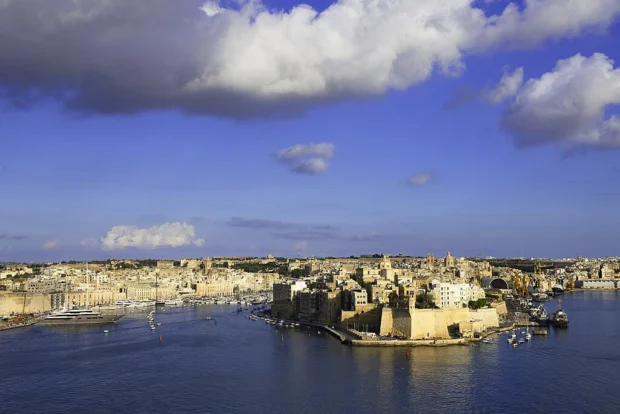
One dish I loved is “fenek,” which means rabbit. Rabbit stew is slow-cooked with wine and herbs until tender. You can find it in many traditional restaurants around the island; I tried it in a small eatery near the harbor of Marsaxlokk. Another popular dish is “pastizzi,” a flaky pastry filled with ricotta cheese or mushy peas. Pastizzi shops are everywhere, and grabbing one is a good snack while walking through the streets of Valletta or Sliema.

Also, don’t miss Maltese bread, known as “ħobż.” It is crusty outside but soft inside, often served with tomato paste, olive oil, and local cheese or olives. I enjoyed this simple but delicious starter at a café in Victoria, the main town in Gozo, another island of the Maltese archipelago.
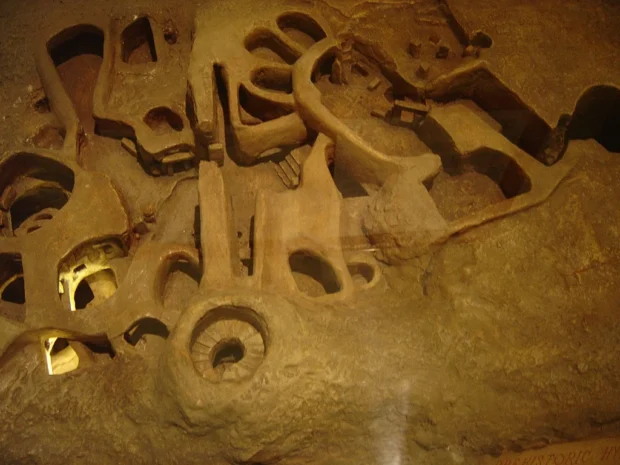
Getting Around Malta Easily
Malta is small, but public transport can sometimes surprise you. The bus system connects most towns and landmarks, and it is affordable. From the Malta International Airport, buses run frequently to Valletta and other main towns. When you arrive, buying a weekly bus pass is practical if you want to visit many places. The buses can be crowded during peak hours, so try to travel early in the morning or late afternoon for a more comfortable ride.

Walking is also a fantastic way to see Malta, especially in historic areas like Valletta and Mdina. The streets are often stone-paved and can be steep, so wear comfortable shoes. For reaching the smaller islands like Gozo and Comino, ferries operate regularly from the main island. Gozo, especially, deserves a full day or two thanks to its peaceful villages and beautiful beaches.
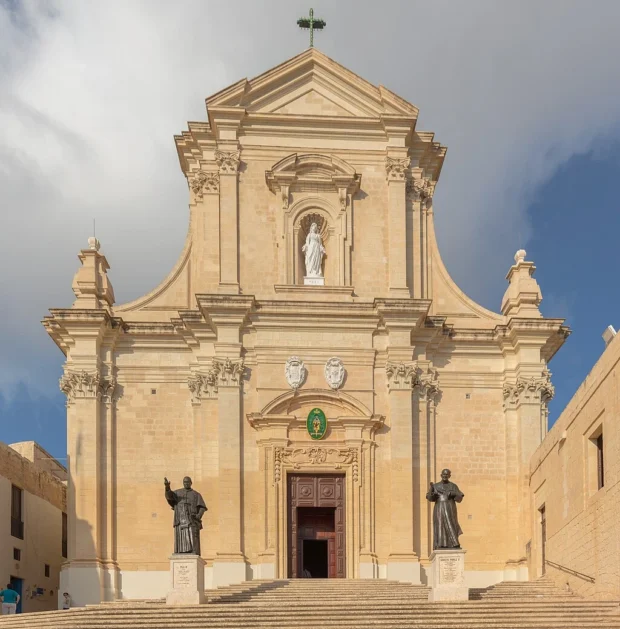
Simple Customs and Friendly Etiquette in Malta
Meeting Maltese people is a warm experience. They often greet visitors with a smile and may chat about their hometown or recommend a place to eat. A few simple customs are helpful to know. When someone says “Ċaw” (hello or goodbye), it is friendly and casual. If you want to thank someone, say “Grazzi” with a smile. When meeting people, a polite handshake is common, but close friends or family often greet with two kisses on the cheek.
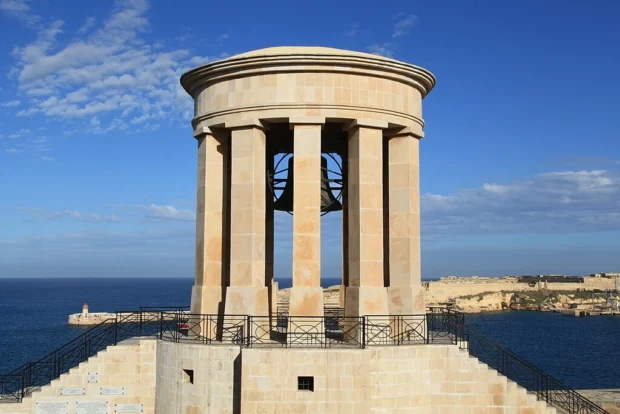
Maltese people are proud of their religious traditions. Many festivals celebrate patron saints, often with music, fireworks, and street decorations. If you visit during these times, join the celebrations with respect, and dress modestly in churches. Avoid loud behavior in quiet villages or near churches, as many locals appreciate peace and tradition.
Cultural Notes and Surprising Maltese Details
One thing that fascinated me was how many languages Maltese people know. The official languages are Maltese and English, but Italian is also widely spoken. The Maltese language itself has a beautiful mix of Arabic roots and European sounds. For example, a common phrase is “Kif inti?” which means “How are you?” Another useful phrase is “Tajjeb,” which means “Good” or “Fine.” These expressions are short but show the warmth of the island’s linguistic culture.
On a quiet afternoon, I sat by the Grand Harbour to watch the traditional fishing boats called “luzzu.” These boats are painted in bright blue, yellow, and red, with eyes on the front to protect from bad luck. This old custom has lasted centuries and is still alive today. It is small details like this that make Malta so special.
Many visitors miss the story of the Knights of St. John beyond Valletta. These knights came from many European countries and stayed for over 250 years, building hospitals, fortresses, and churches. Their influence shaped not only the architecture but also the spirit of Malta, which feels both Mediterranean and European.
Where to Stay for the Best Experience
Choosing where to stay depends on what you want from your visit. Valletta is perfect if you like being in the middle of history and culture, with many museums, cafés, and theaters nearby. For a more relaxed atmosphere, look at towns like Sliema or St. Julian’s, which have nice promenades, shops, and beaches. If you want peace and nature, Gozo offers small guesthouses in quiet villages, close to the sea and countryside.
Many hotels and guesthouses are family-run, giving you a chance to meet locals and learn about Maltese life. Booking accommodation near bus stops helps you explore the island easily without driving.
Final Thoughts on Malta’s Rich Tapestry
Visiting Malta was like reading a story full of color, history, and kindness. The island’s landmarks speak about brave knights and ancient peoples, while its food, language, and festivals tell about a living culture that welcomes the world. Whether you stroll through the silent streets of Mdina, watch the fishermen at Marsaxlokk, or listen to traditional Maltese music in a village square, you touch a place where the past and the present meet gently.
Remember, in Malta, simple greetings like “Ħelow” (Hello) and “Grazzi” (Thank you) open doors to many smiles and stories. Take your time, enjoy the small moments, and let Malta surprise you with its kindness and history.
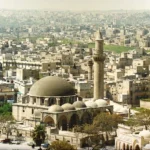
Traveler exploring cultural intersections, sharing reflections on similarities and differences between traditions, lifestyles, and food.
- Church Our Lady of Mount Carmel Balluta Bay 01 by This photo was taken by Anton Zelenov. Please credit this with : Photo : Anton Zelenov in the immediate vicinity of the image. If you use one of my photos, please email me (account needed) or leave me a short message on my discussion page. It would be greatly appreciated. Do not copy this image illegally by ignoring the terms of the license below, as it is not in the public domain.If you would like special permission to use, license, or purchase the image please contact me to negotiate terms. on Wikimedia Commons – cc by-sa 4.0
- Auberge de Castille, Valletta 001 by Matthew Axiak on Wikimedia Commons – cc by-sa 4.0
- Blue Lagoon (Malta) 10 by Joseolgon on Wikimedia Commons – cc by 4.0
- Malta Mdina BW 2011-10-05 13-41-13 by Berthold Werner on Wikimedia Commons – cc by-sa 3.0
- St. John's Co-Cathedral, Valletta 006 by Simon Burchell on Wikimedia Commons – cc by-sa 4.0
- Panoramic view of Three cities with fort St Angelo in the background by Renata Apan on Wikimedia Commons – cc by-sa 4.0
- Complejo de Ħaġar Qim, isla de Malta, Malta, 2021-08-25, DD 64 by Diego Delso on Wikimedia Commons – cc by-sa 4.0
- Marsaxlokk fishing village, Church from pontoon, June 2010 by Seancarlgrech on Wikimedia Commons – cc by-sa 3.0
- Catedral de la Asunción, Ciudadela, Victoria, isla de Gozo, Malta, 2021-08-22, DD 19 by Diego Delso on Wikimedia Commons – cc by-sa 4.0
- Malta – Valletta – Xatt il-Barriera – Siege Bell War memorial (Lower Barrakka Gardens) 04 ies by Frank Vincentz on Wikimedia Commons – cc by-sa 3.0
